The Christmas Eves of Dumplings - Tortellini, Varenyky, and Vushka

It was two Christmas Eves, three kinds of dumplings, and two cultures honored. December 24, known as “regular Christmas Eve,” “Latynsʹkyy” (meaning ‘Latin’), or “English Christmas Eve,” has never held strong food traditions for me. Over the years, though, I’ve gradually fallen into a pattern of making an involved pasta dish I wouldn’t normally make.
Part of this is influenced by my mother-in-law, who is from Italy, but more than that, what better day than Christmas Eve to dedicate extra time and care to creating something special?
Tortellini
This year, I made tortellini filled with a spinach, mushroom, and fontina mixture, served in a soupy tomato sauce with Italian sausage. Like a total amateur, I decided on Christmas Eve morning that sausage was essential, meaning a last-minute trip to the store on one of the busiest shopping days of the year. I was right. It was essential, blessing the sauce with its flavorful fat.
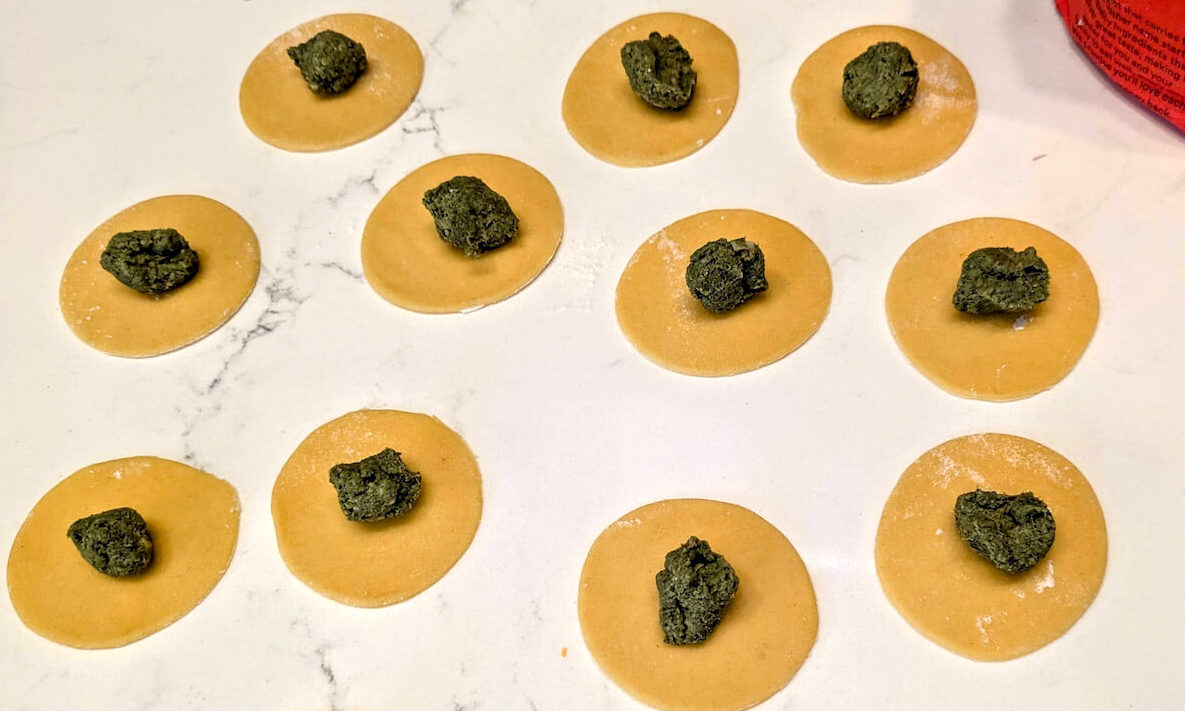
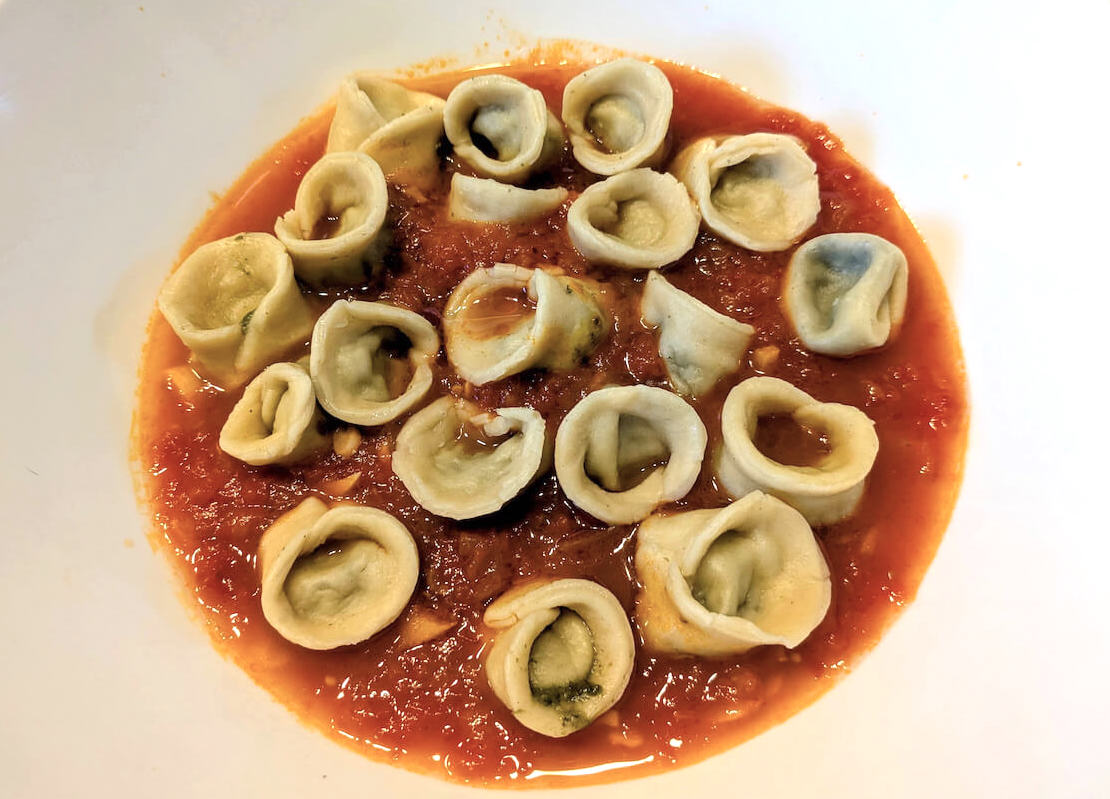
Varenyky
January 6 is deeply rooted in tradition. This is Sviat Vechir, the Ukrainian Holy Supper. It is a quiet meal that traditionally features 12 meatless (but not fishless) dishes in honor of the 12 apostles. And, of course, there are always dumplings. For me, the varenyky are the highlight of the meal.
I spent one day making the varenyky fillings and two days making three kinds of varenyky: potato and farmer’s cheese (tvorog), mushroom and sauerkraut (made with my homemade sauerkraut), and a small batch of cherry as a first-time experiment. In total, I made 173 varenyky, hopefully enough to last for the year.
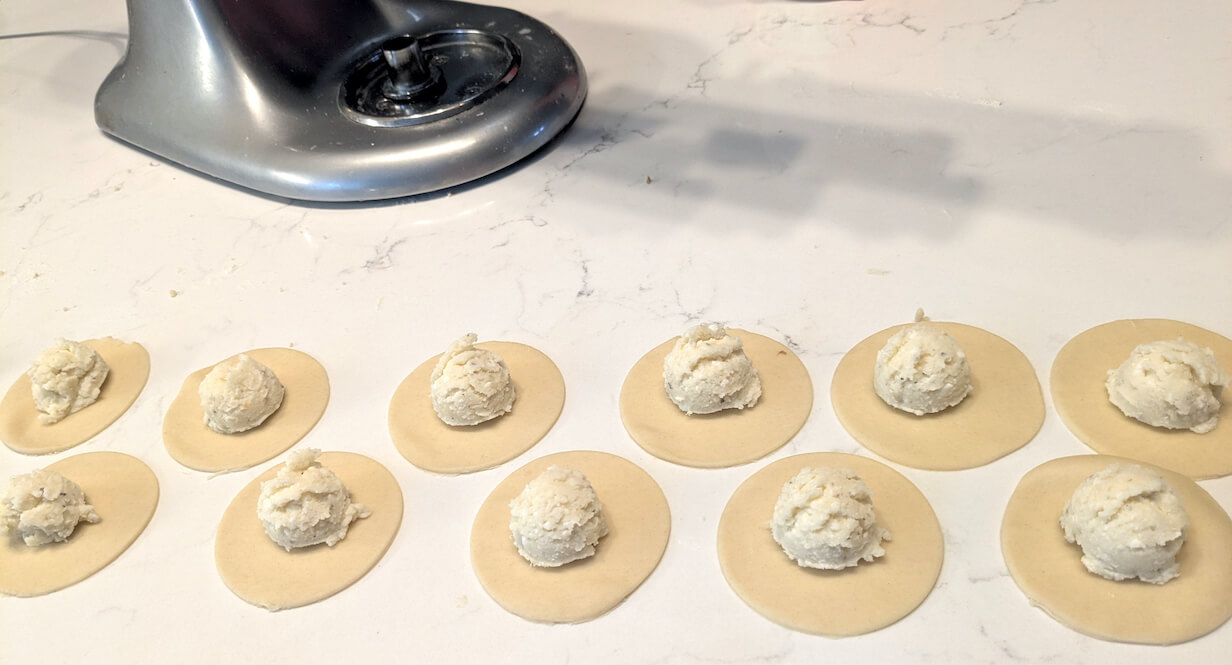


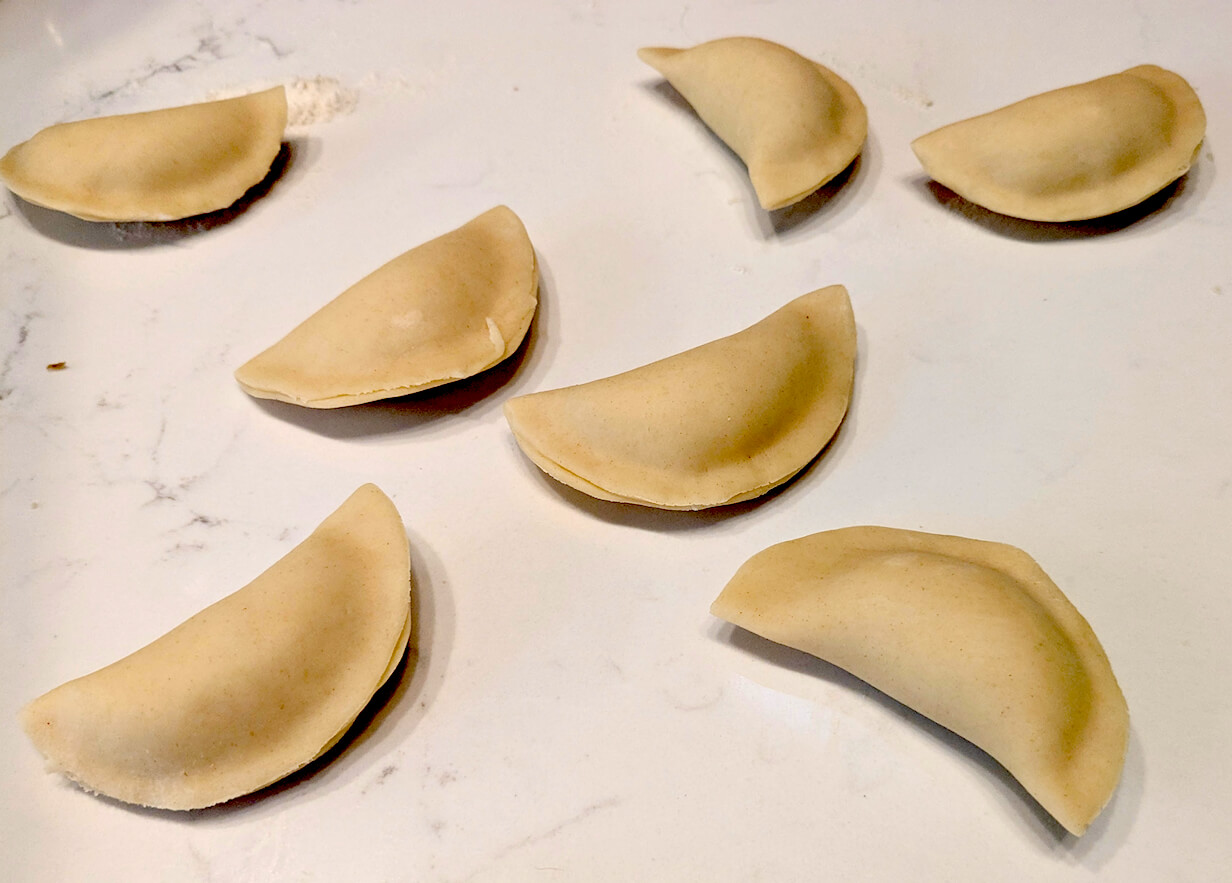
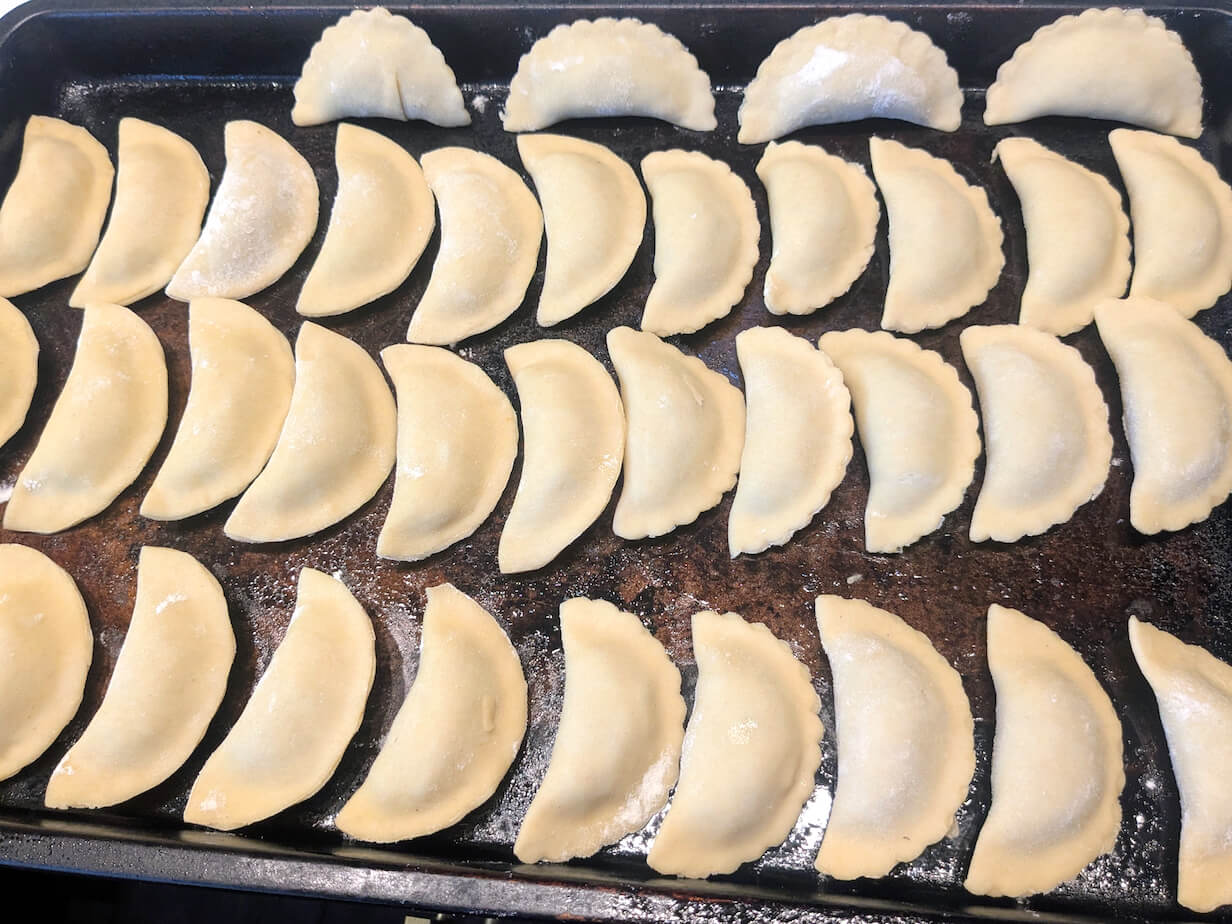
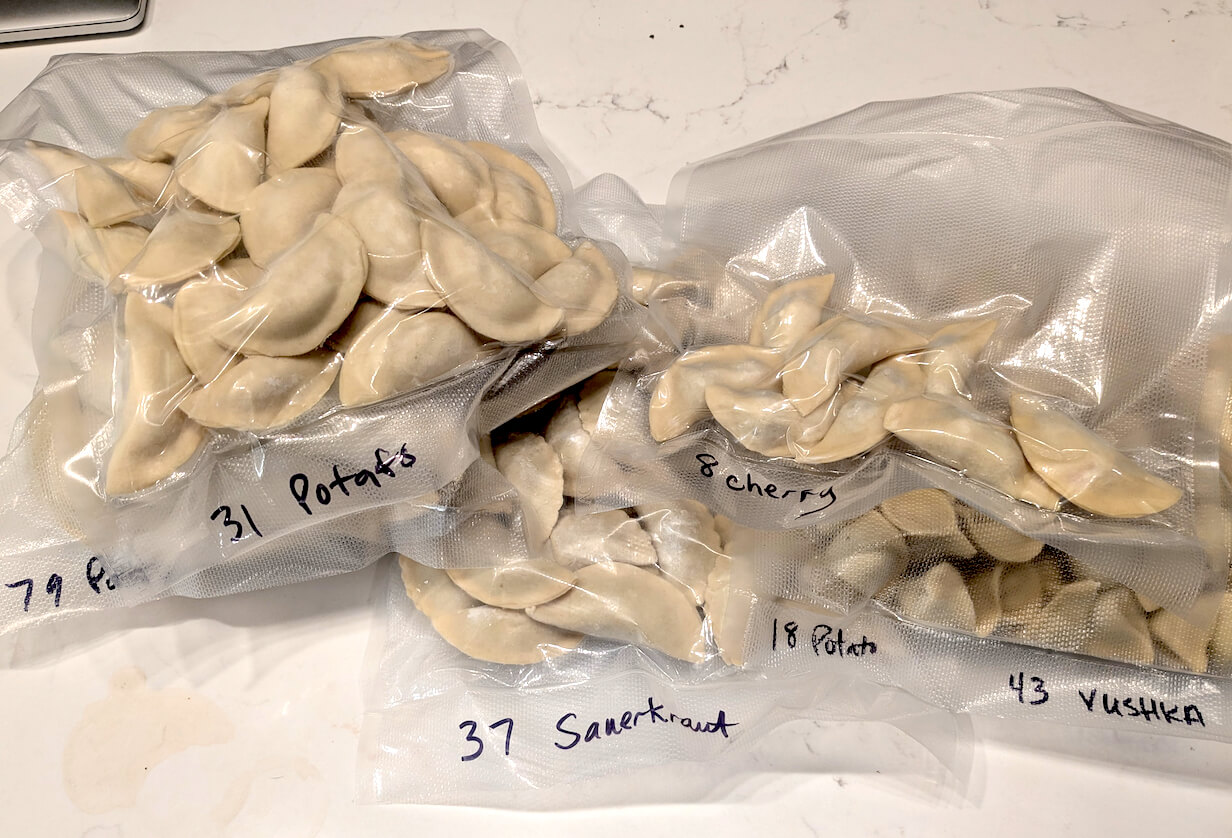
Vushka
This year, with extra time on my hands, I added a third dumpling to the mix: vushka, or “little ears.” These are smaller than varenyky and pinched together to resemble little ears. They are traditionally added to borscht. I filled them with a savory mushroom mixture.

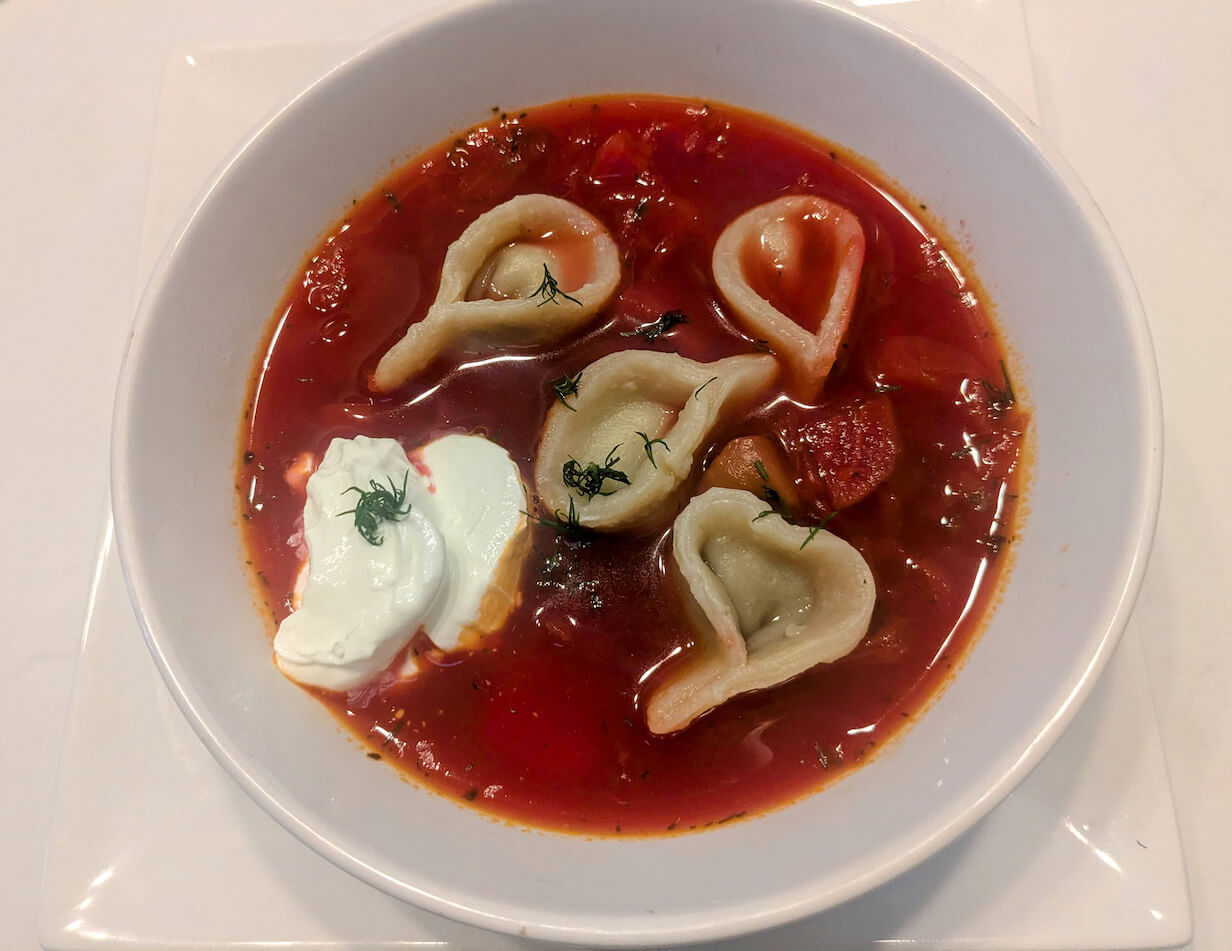
Two Christmas Eves. Three kinds of dumplings. Two cultures. Together, they celebrate family and the traditions passed down, guided by faith. As the season ends, I’m thankful for the time I could spend creating these dumpling and the meaning they carry.
